When it comes to choosing the right size of flooring tiles, it’s important to consider both aesthetics and functionality. The size of the tiles you choose can have a significant impact on the overall look and feel of a space, as well as how easy it is to maintain.
In this complete guide, we will take you through everything you need to know about choosing the right size of flooring tiles for your project. From the popular standard sizes to the latest trends in oversized and mini tiles, we will explore the pros and cons of each option. We will also discuss how to determine the ideal tile size for different areas of your home or commercial space, taking into account factors such as room size, layout, and personal preferences. Whether you’re renovating a bathroom, kitchen, or living room, this guide will help you make an informed decision and create a stunning and functional space with the perfect tile size.
Importance of choosing the right size of flooring tiles

The size of flooring tiles plays a crucial role in the overall design and functionality of a space. It can greatly impact the visual perception of a room, making it appear larger or smaller than it actually is. Choosing the wrong size of tiles can result in a cramped or disproportionate look, while the right size can create a sense of balance and harmony.
Additionally, the size of the tiles can affect how easy it is to clean and maintain the flooring. Larger tiles have fewer grout lines, which means less maintenance and a more seamless appearance. On the other hand, smaller tiles can offer better traction and are often preferred for areas that require slip resistance, such as bathrooms and kitchens. By understanding the importance of choosing the right size of flooring tiles, you can ensure that your space not only looks beautiful but also functions well.
Factors to consider when choosing the size of flooring tiles
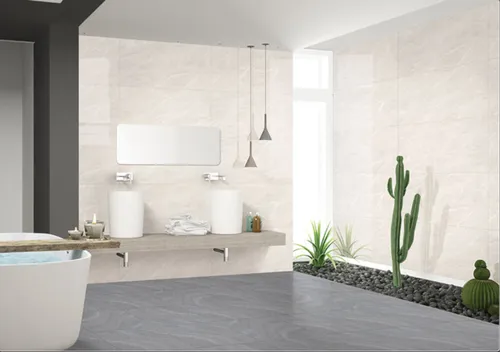
Several factors should be taken into consideration when choosing the size of flooring tiles. The first factor to consider is the size of the room itself. In smaller rooms, larger tiles can make the space feel more open and spacious, while smaller tiles can create a cosy and intimate atmosphere. The layout of the room is another important factor to consider. If the room has a lot of corners, angles, or alcoves, smaller tiles may be a better choice as they can be easier to cut and fit into these spaces.
The style and overall aesthetic of the room should also be considered. For a modern and sleek look, larger tiles with minimal grout lines can be the perfect choice. On the other hand, if you’re going for a more traditional or rustic look, smaller tiles with more grout lines can add depth and texture. Lastly, personal preferences and individual needs should be taken into account. Some people prefer the simplicity and ease of maintenance that comes with larger tiles, while others may opt for smaller tiles for added design flexibility and customization.
Popular sizes of flooring tiles
Flooring tiles come in a wide range of sizes, with some sizes being more popular than others. The most common sizes of flooring tiles include 12×12 inches, 18×18 inches, and 24×24 inches. These standard sizes are widely available and can be found in a variety of materials and finishes. The 12×12-inch tiles are a popular choice for bathrooms and kitchens due to their versatility and ease of installation.
They can be laid in various patterns, such as straight, diagonal, or herringbone, allowing for endless design possibilities. The 18×18-inch tiles are often used in larger rooms as they can cover more floor space while still maintaining a balanced look. The 24×24-inch tiles are considered oversized and are typically used in grander spaces, such as entryways or commercial areas, to create a dramatic and luxurious effect. It’s important to note that these sizes can vary slightly depending on the manufacturer, so it’s always a good idea to check the actual dimensions before making a purchase.
Pros and cons of different sizes of flooring tiles
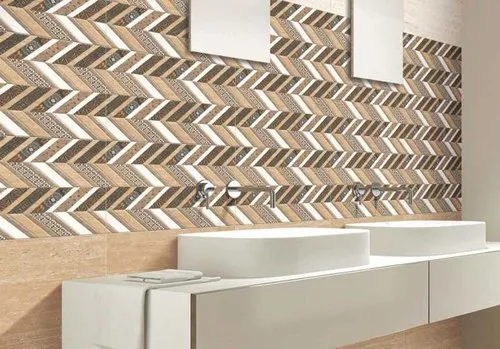
Each size of flooring tile comes with its own set of pros and cons. Larger tiles, such as the 18×18-inch and 24×24-inch options, offer a more streamlined and contemporary look. They have fewer grout lines, which can make a room feel more spacious and visually appealing. Additionally, larger tiles can be easier to clean and maintain since there is less grout to scrub. However, one potential downside of larger tiles is that they can be more challenging to install, especially in rooms with irregular shapes or tight spaces.
Smaller tiles, such as the 12×12-inch option, offer more design flexibility and can be easier to work with when it comes to cutting and fitting them into corners and alcoves. They can also provide better slip resistance, making them a popular choice for areas that are prone to moisture, such as bathrooms and kitchens. However, smaller tiles can require more grout, which means more maintenance and a less seamless appearance. It’s important to weigh the pros and cons of each size before making a decision.
Choosing the right tile size for different rooms
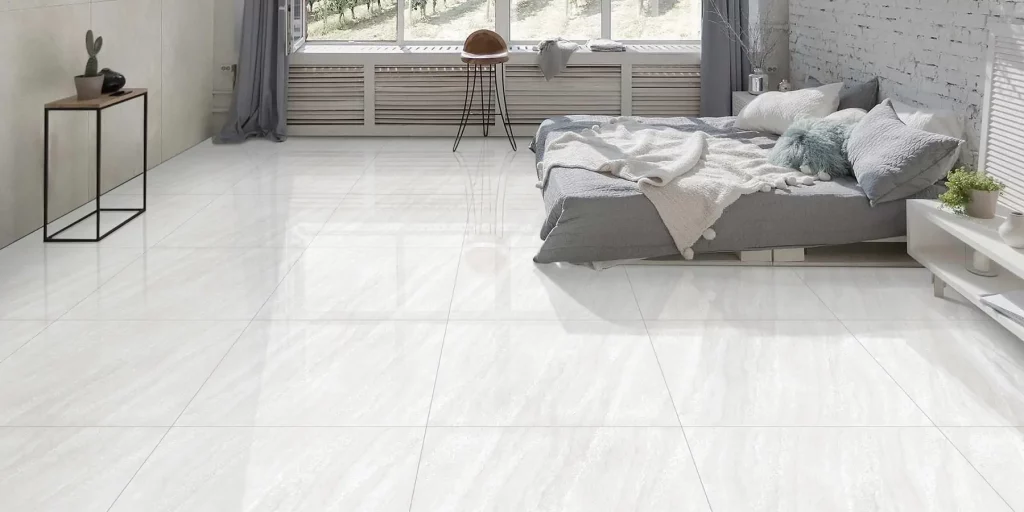
Different rooms have different requirements when it comes to tile size. In bathrooms, smaller tiles are often preferred due to their slip-resistant properties and ability to create intricate patterns. They can be used on both the floors and walls, adding visual interest and texture. In kitchens, larger tiles are commonly used as they are easier to clean and maintain.
They can also make a small kitchen appear larger and more spacious. In living rooms and bedrooms, the choice of tile size depends on the overall design aesthetic. Larger tiles can create a sleek and modern look, while smaller tiles can add warmth and character. It’s important to consider the function of the room, the layout, and personal preferences when choosing the right tile size for each space.
Selecting the Right Tiles Sizes for Bathroom
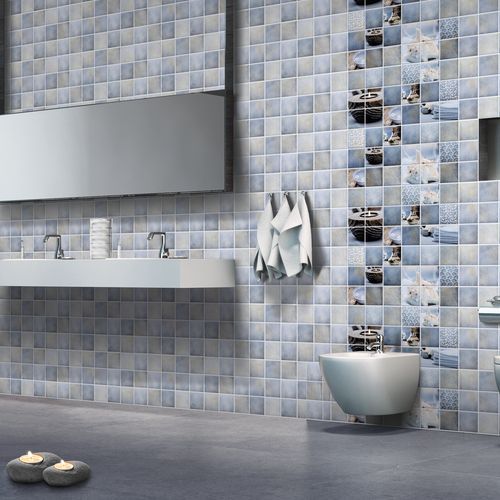
When choosing tile sizes for bathrooms, it’s important to consider both aesthetics and functionality. Smaller tiles, such as mosaic tiles (1×1, 2×2 inches), can be used to create intricate patterns and are ideal for curved surfaces, like shower floors, where they provide better grip. Medium-sized tiles (4×4, 6×6, or 12×12 inches) are versatile and commonly used on bathroom floors and walls. Large format tiles (18×18, 24×24, or even 36×36 inches) can make a small bathroom appear larger by reducing the number of grout lines. However, they require a perfectly level substrate for installation. Rectangular tiles like subway tiles (3×6, 4×12 inches) or planks (6×24, 6×36 inches) can add depth and interest to your design. Always consider the scale of the space when selecting tile size to ensure a harmonious look.
Selecting the Right Tiles Sizes for Living Room
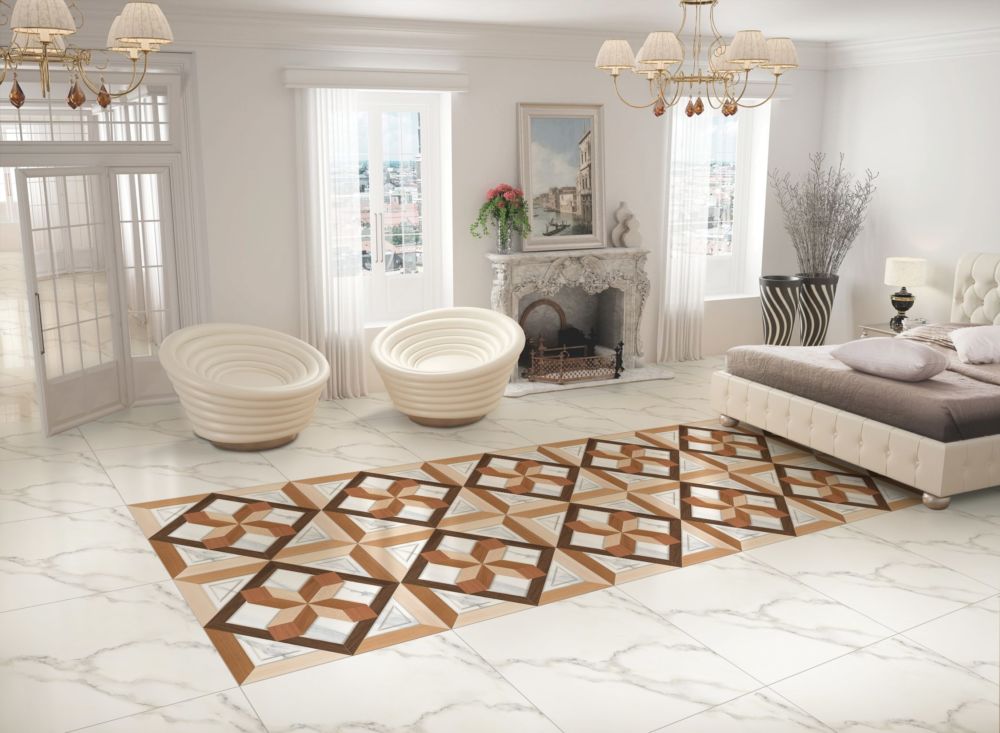
Selecting the right tile sizes for your living room can significantly enhance the overall aesthetic and feel of the space. Here are some considerations:
- Large Format Tiles (24×24, 36×36 inches): These tiles can create a spacious and seamless look, especially in larger living rooms. They have fewer grout lines, which can make the room appear larger and more open.
- Medium-Sized Tiles (12×12, 16×16 inches): These are versatile and can work well in both small and large spaces. They offer a balance between the grandeur of large tiles and the detailed aesthetics of smaller tiles.
- Small Tiles (2×2, 4×4 inches): These are less commonly used in living rooms but can be perfect for creating intricate designs or borders. They can also be used in combination with larger tiles to create unique patterns.
- Rectangular Tiles (12×24, 6×36 inches): These can add a sense of depth and direction to your living room. They can be laid out horizontally or vertically, depending on whether you want to make the room appear wider or taller.

Remember, the size of the tiles should be in proportion to the size of the room. Larger rooms can accommodate larger tiles, while smaller rooms might look better with medium or small tiles. Always consider the overall design and decor of your home when choosing tile sizes. It’s also a good idea to consult with a professional to make the best choice for your living space.
Tips for visualizing the tile size in your space

Visualizing how a certain tile size will look in your space can be challenging. However, there are several tips and tricks that can help you get a better idea of how the tiles will appear once installed. One way is to use online design tools or software that allows you to upload a photo of your space and virtually place different tile sizes to see how they look. Another option is to create a mock-up by cutting out pieces of paper or cardboard in the desired tile size and placing them on the floor to get a sense of scale and proportion.
Additionally, visiting showrooms or tile stores and seeing the tiles in person can give you a better understanding of their size and appearance. It’s also helpful to consider the surrounding elements, such as furniture, cabinetry, and lighting, as they can greatly impact how the tiles are perceived in the space. By taking the time to visualize the tile size, you can make a more informed decision and ensure that the final result is exactly what you envisioned.
How to calculate the number of tiles needed based on size

Calculating the number of tiles needed for a project is an important step that can help you estimate the cost and ensure that you have enough materials. To calculate the number of tiles needed, you will first need to determine the total square footage of the area that will be tiled. This can be done by measuring the length and width of the space and multiplying them together. Once you have the total square footage, you can divide it by the square footage of each tile to determine the number of tiles needed.
For example, if you have a room that is 200 square feet and you are using 12×12-inch tiles, which have a square footage of 1 square foot each, you will need 200 tiles. It’s always a good idea to purchase a few extra tiles to account for any cuts or breakages that may occur during installation. If you’re not comfortable with calculations, you can also consult with a professional tile installer or use online calculators that can provide accurate estimates based on the size of the tiles and the dimensions of the space.
Common mistakes to avoid when choosing the size of flooring tiles
Choosing the wrong size of flooring tiles can result in a design disaster and a waste of time and money. One common mistake is choosing tiles that are too large for a small space. This can make the room feel cramped and overwhelming. On the other hand, choosing tiles that are too small for a large space can make it appear disjointed and busy.
Another mistake is not taking into account the layout of the room and how the tiles will flow from one area to another. It’s important to consider the overall design and ensure that the tile size complements the architectural features of the space. Additionally, not considering personal preferences and individual needs can lead to dissatisfaction with the final result. It’s crucial to take the time to research, gather inspiration, and consult with professionals if needed to avoid these common mistakes and choose the right tile size for your specific project.
Trends in tile sizes for modern interiors
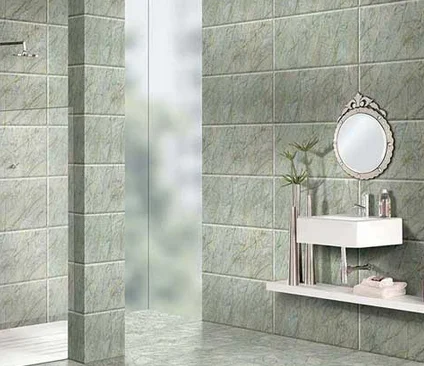
In addition to the standard tile sizes, there are also several trends in tile sizes for modern interiors. Oversized tiles have become increasingly popular in recent years, with sizes ranging from 36×36 inches to as large as 48×48 inches or even larger. These large-format tiles can create a bold and dramatic effect, especially when used in open-concept spaces or areas with high ceilings. They can also minimize the number of grout lines and create a sleek and seamless look.
On the other end of the spectrum, mini tiles have also gained popularity. These small tiles, often in sizes such as 1×1 inch or 2×2 inches, can be used to create intricate patterns and mosaics, adding a unique and personalized touch to a space. They are commonly used as accent tiles or for backsplashes in kitchens and bathrooms. Whether you prefer the grandeur of oversized tiles or the charm of mini tiles, these trends offer exciting options for creating a modern and stylish interior.
Conclusion
Choosing the right size of flooring tiles is a crucial decision that can greatly impact the overall look and functionality of a space. By considering factors such as room size, layout, and personal preferences, you can make an informed decision and create a stunning and functional space with the perfect tile size.
Whether you opt for the popular standard sizes or the latest trends in oversized or mini tiles, it’s important to weigh the pros and cons of each option and visualize how they will look in your space. Additionally, calculating the number of tiles needed and avoiding common mistakes can ensure a successful and satisfying result. With this complete guide, you now have the knowledge and confidence to choose the right size of flooring tiles for your next project and transform your space into a beautiful and inviting environment.




GIPHY App Key not set. Please check settings